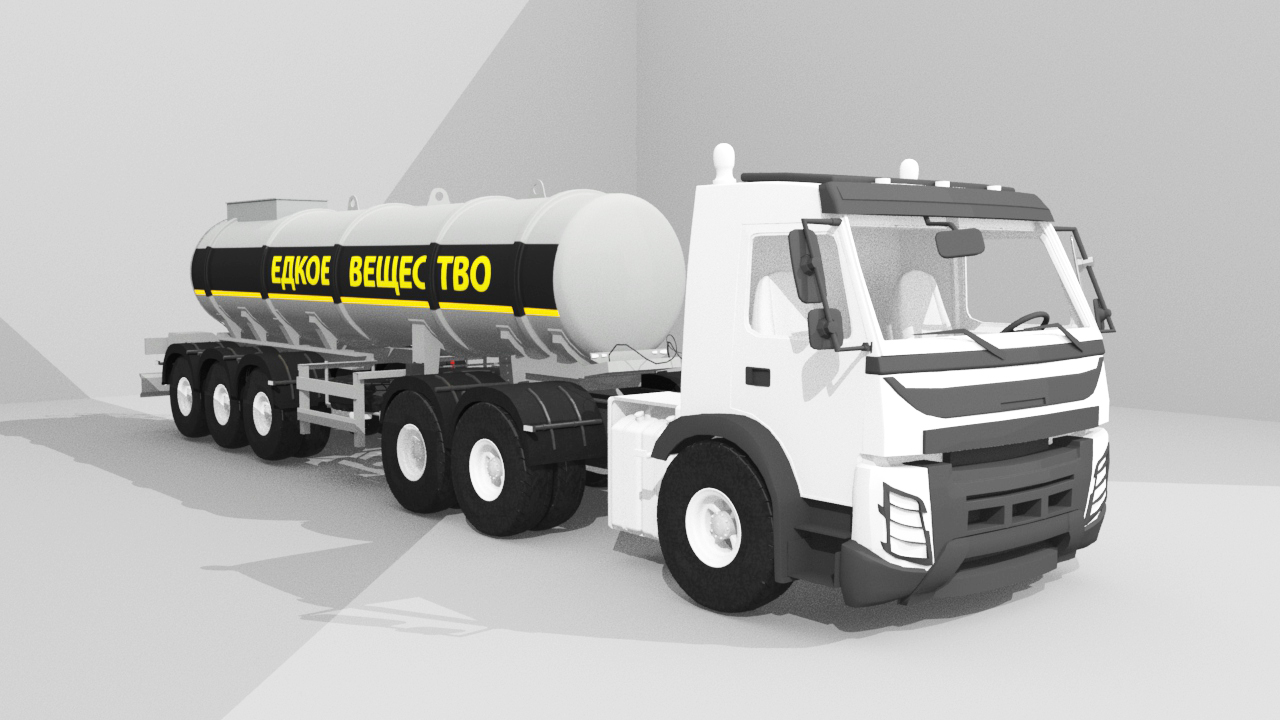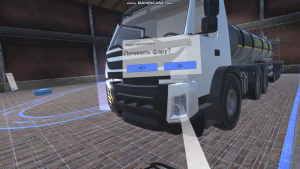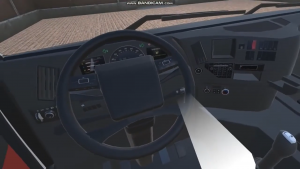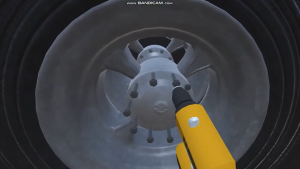15 марта, 2021
How did we develop a VR simulator for pre-trip inspection of transport?

Every production enterprise that has cargo or passenger transport is obliged to ensure its serviceability and safety in operation. «The rules for conducting the state technical inspection of motor vehicles and trailers to them in the Republic of Kazakhstan» establish the procedure and terms of inspection of transport, depending on its purpose. In addition to the scheduled inspection, the transport must also undergo a technical inspection at each departure on the flight. The controller is responsible for checking the technical condition of vehicles before and after their operation, sending equipment for repair, consumption of technical liquids and fuel. The preservation of the lives of drivers and passengers of working transport depends on the attentive attitude and the correctness of his actions. Therefore, the qualified training of an employee performing an inspection of the company’s transport fleet is so important.

Our team has developed a virtual simulator for the Kazakh mining companies to train controllers of the technical condition of vehicles. The company is engaged in the transportation of radioactive fuel, which poses a great risk both for the driver of the transport and for the environment, in the event of a breakdown of the car during the flight. The simulator teaches the rules and procedure for pre-trip inspection of transport and is universal for any enterprises engaged in the movement of goods. With the help of VR glasses, the user is immersed in a virtual environment, where he sees the transport in real size and performs specified operations using hand controllers. The simulator gives the user the opportunity to repeatedly conduct a virtual inspection of transport, work out mistakes and consolidate the acquired skills.
To create a simulator, together with the customer, we made a scenario where we prescribed the procedure for conducting an inspection and options for actions for each situation step by step. If the task is performed incorrectly, according to the interactive instructions, the user is deprived of the opportunity to perform further training.
During the technical inspection, the student checks the external (visual) condition of the transport and the serviceability of the equipment:
- brake control;
- steering control;
- visibility of glasses;
- external lighting devices;
- wheels, tires, suspension;
- the content of harmful substances in exhaust gases;
- the condition and functioning of the fasteners of the chassis components and assemblies;
- the condition and functioning of other equipment (seat belts, speedometer, first aid kit, fire extinguisher, etc.)


To implement the scenario in the virtual world, we created a design project and handed it over to programmers who, using code and technical means, created an artificial environment-an imitation of a garage, a 3D model of a cargo transport, and implemented object management. At the final stages, the project was tested and finalized, presented and launched.
Common points in the development of virtual simulators
Before starting to create a simulator, our team goes to the enterprise to survey and analyze the workflow, fix the details of the space that need to be reflected in virtual reality. This is followed by the preparation of regular, non-standard, emergency, examination scenarios together with the customer.
The main stages of creating a VR simulator:
- Determination of the goals and objectives of the training facing the customer.
- Analysis of the simulated technological process.
- Definition of objects to be 3D-rendered.
- Determination of the required controls of real technical systems and virtual reality systems.
- Development of a technical task for the implementation of a training management system.
- Conclusion of the contract.
- Development of a simulation model of the technological process (obtaining information from the customer, studying regulatory documents).
- Development of 3D models of technological process objects.
- Development of controls (if necessary).
- Development of a computer simulation simulator.
- Conducting acceptance tests.
- Deployment of a computer simulation simulator at the Customer’s technical site.
- Training of the Customer’s employees on the deployment of a computer simulation simulator.
Technical support and warranty service of the computer simulation simulator of the system for a year, including the elimination of identified errors.



